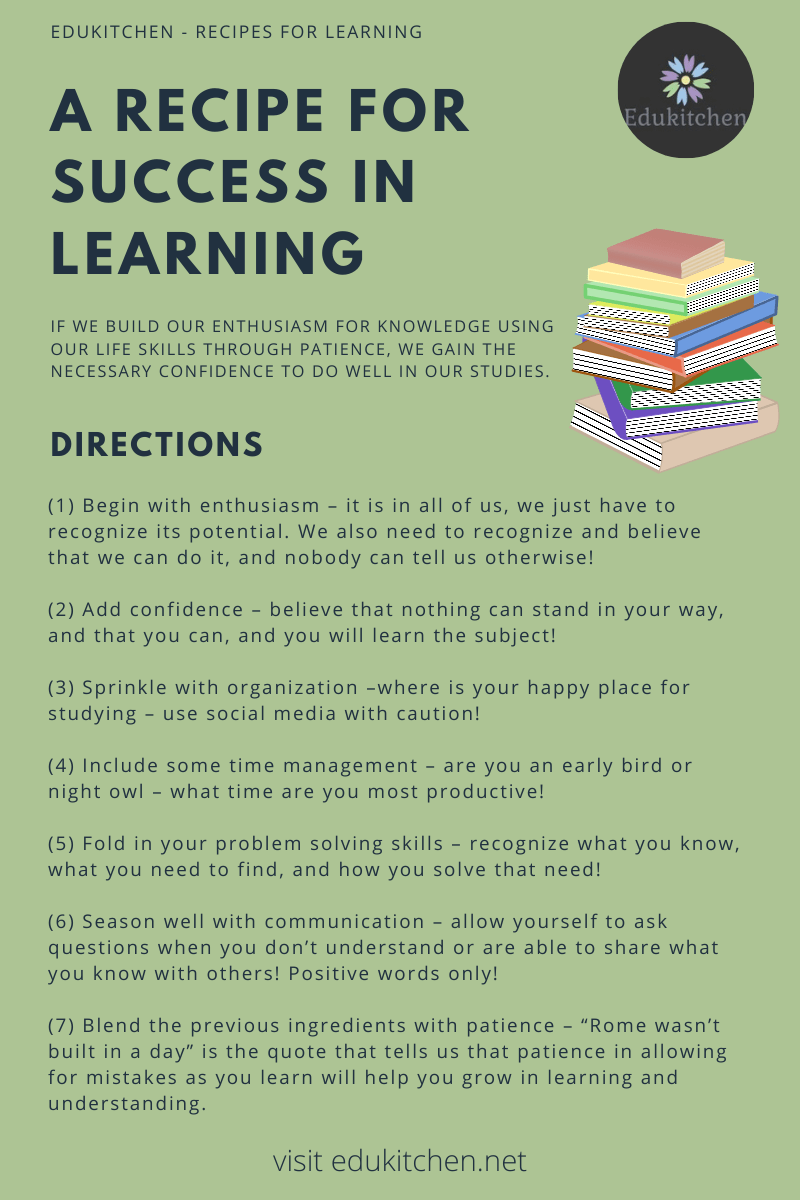In this article we focus on summative assessments, their connection to learning, and how best to use them in any classroom.
At the end of this article you can sign up to view our digital resources to use in the classroom for building confidence in teaching and learning in the classroom.
This blog contains affiliate links to highlighted websites and/or resources. By clicking on the link and making a purchase we may earn a small commission at no extra cost to you. Click here for full disclosure.
Swingline Stapler, 747 Desktop Stapler, 30 Sheet Capacity, Durable Metal Stapler

Assessments provide important feedback on learning, and so lesson plans must include references to them in order to be effective.
In understanding at assessments, we look at how assessments are defined, their connection to skills building through proper questions, and how best to use them in any classroom.
The Purpose of Summative Assessments
In this article we look to understand the purpose behind summative assessments.
This will make it easier to see how to use them to bring out the best in students and their abilities.
Once teachers use assessments to understand their students better, then they can begin to introduce differentiated instruction methods to help students be at their best.
With summative assessments, the root word of sum or “total” means that the intent of this assessment is to conclude a students’ overall understanding on a particular chapter or unit of study.
The most common type of summative assessments are:
- chapter or unit tests
- mid-term exams
- final exams
- final projects
- final presentations
These types of assessment are considered formal, and feedback is only offered in certain situations.
For example, if the teacher decides to offer it to the entire class, or to individual students who seek it out, or to the student who is at risk of failing the class.
Summative assessments often bring anxiety to students, especially when it comes to time to taking the test.
Teachers who have worked well with students during the formative assessments may find that the results of the summative assessments are much higher.
So it’s important for teachers to recognize the benefits of formative assessments and in giving regular feed back to their students.
Click here to read more about using formative assessments in education.
Summative Assessments In The Online Classroom
The online learning environment makes access easier to finding answers to questions.
Methods of assessments need to change. This is one struggle online teachers seemed to have little to no control over.

Teachers in the online classroom found they had less control as to what their students are doing while at home.
And so when they ask a question, how can they be sure this question won’t be shared with others through their mobile phones to help get answers to questions?
So then the question remains, how should summative assessments change in the online classroom?
The answer is to have more open-ended cumulative tasks over traditional test questions such as multiple choice, matching, or fill-in-the-blanks.
Open-ended questions are harder to cheat from than closed-ended questions.
Some examples of summative tasks that can replace traditional test questions include;
- presentations
- writing essays
- short answers
In the end, if students are going to cheat they will try regardless if it’s in the in-person class or in the online class.
In order to minimize this from happening in either classroom, teachers need to emphasize to students the consequences for anyone caught cheating before beginning the actual assessments.
One other strategy that works in trying to stop students from cheating during an online assessment is to create the assessment with “how easy is it to cheat” in mind!
Formative vs. Summative Assessments
Effective assessments, whether they be formative or summative in nature, always do one thing, and that is to motivate and inspire students to be the best they can be with their abilities.

Here we have an infographic showing the main differences between formative and summative assessments.
Shop this product and similiar ones in our digital store.
Join us below to sign up to receive this infographic and other digital resources to use in the classroom.
Related Topics
Connect to our other pages as you navigate through our website. Explore what these pages have to offer you and you will be glad you did!
- Click to read more on classroom management strategies
- Read more about strategies for improving behavior
- Click to read more on how to improve your critical thinking skills
- Learn more about the topic of social emotional learning
- Click to read fun and exciting ways to help students build strategies for online learning
Join Our Newsletter Community Today!

Final Thoughts…
Assessments in education help guide policy decisions, and are meant to improve on teaching and learning strategies. There is no one size fits all type of assessment as learners have different preferred styles of learning.
Summative assessments in education help give the necessary feedback to students when it comes to how well they understood the concepts in the unit.
However, more effective summative assessments cover the varying learning styles students can have.
Summative assessments of this nature may be more complicated than standardized tests, but in the end the benefits of the more open-ended assessments help students develop more divergent thinking.
For more on teachers and teaching strategies from EduKitchen – Recipes for Learning, click here.
Share Your Thoughts!
EduKitchen would like to hear from you! Let know your thoughts in the comments below on how best to assess students in the classroom whether you are or are not a teacher! Connect with us on social media!




